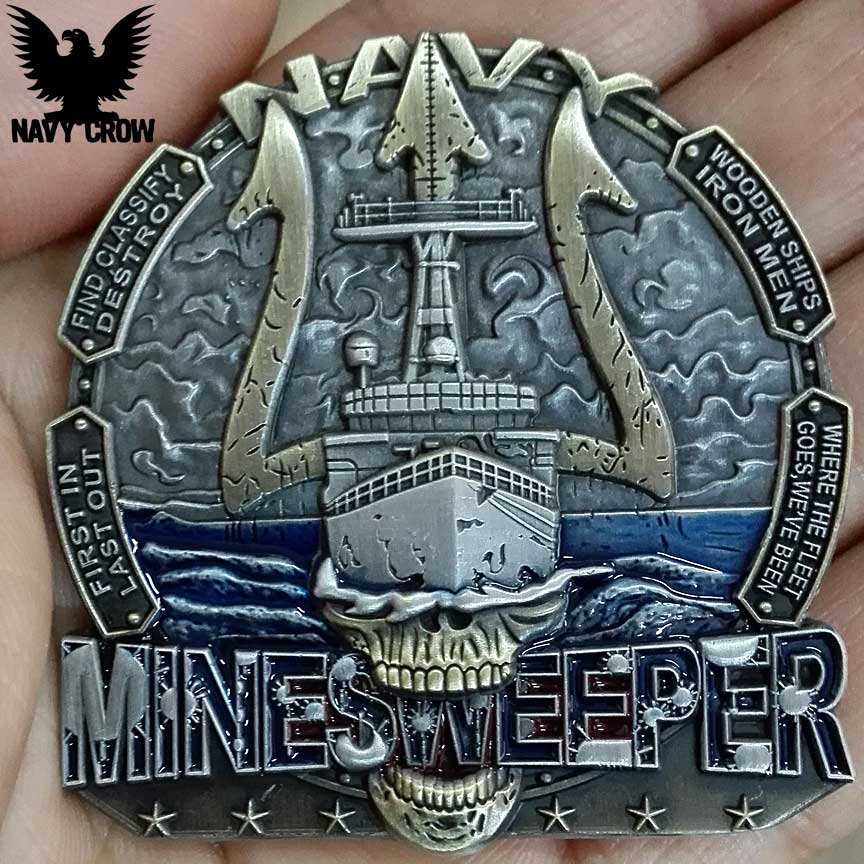Minesweeper: The Beginning
The US Navy Minesweeper Fleet is one of the better kept secrets of the Naval Service. The first recorded use of sea mines dates back to Ancient China however there was no effort to speak of to create a minesweeper to counter the threat. Fast forward several hundred years and our story picks up once again. The next chapter in this tales takes place during the Crimean War, where the first occurrence of a minesweeper consisting of British rowboats trailing grappling hooks to snag the sea mines. Despite the use of sea mines (or “torpedoes” as they were called then) in the American Civil War, there are no records of effective minesweeping being used. Minesweeping technology picked up in the Russo-Japanese War, using aging torpedo boats as minesweepers.
Minesweepers of the Great War
In Britain, naval leaders recognized before the outbreak of World War I that the development of sea mines was a threat to the nation’s shipping and began efforts to counter the threat. The function of the fishing fleet’s fishing trawlers was recognized as having a natural connection with mine clearance and, among other things, trawlers were used to keep the English Channel clear of mines. A Trawler Section of the Royal Navy Reserve became the predecessor of the mine sweeping forces with specially designed ships and equipment to follow. These reserve Trawler Section fishermen and their trawlers were activated, supplied with mine gear, rifles, uniforms and pay as the first minesweepers. The dedicated, purpose-built minesweeper first appeared during World War I with the Flower-class minesweeping sloop. By the end of the War, naval mine technology had grown beyond the ability of minesweepers to detect and remove. Minesweeping made significant advancements during World War II. Combatant nations quickly adapted ships to the task of minesweeping, including Australia’s 35 civilian ships that became Auxiliary Minesweepers.
The Avengers
In the early 1980s, the US Navy began development of a new mine countermeasures (MCM) force, which included two new classes of ships and minesweeping helicopters. The vital importance of a state-of-the-art mine countermeasures force was strongly underscored in the Persian Gulf during the eight years of the Iran-Iraq war, and in Operations Desert Shield and Desert Storm in 1990 and 1991 when the USS Avenger (MCM-1) and USS Guardian (MCM-5) ships conducted MCM operations.
Avenger class ships are designed as mine sweepers/hunter-killers capable of finding, classifying and destroying moored and bottom mines. The last three MCM ships were purchased in 1990, bringing the total to 14 fully deployable, oceangoing Avenger class ships. Eleven MCM ships currently remain in service.
These ships use sonar and video systems, cable cutters and a mine detonating device that can be released and detonated by remote control. They are also capable of conventional sweeping measures. The ships are of fiberglass sheathed, wooden hull construction.
USS Chief
The last of the Avenger Class the USS Chief (MCM-14): USS Chief is named for the former USS Chief (AM-315), and to honor the service and tradition of the Chief Petty Officer’s of the United States Navy. USS Chief was christened by Mrs. Susan Bushey (the wife of the seventh Master Chief Petty Officer of the Navy MCPON Duane Bushey) on 12 June 1993 during the Centennial Celebration of the Navy Chief Petty Officer.
Wooden Ships Iron Men
The design features an Avenger Class US Navy Minesweeper from the front representing them leading the Fleet into battle superimposed upon King Neptune’s trident symbolic of the USS Chief (MCM-14) Crest. We see the deep blue waters of the Ocean, lurking ahead of her path we find sea mines hiding beneath the waves. There lies a skull opening his mouth as if in laughter that of a Mineman Sailor as he cheats death once again. The phrases surrounding this exquisite design state the obvious, before the Fleet sails into a foreign harbor for naval bombardment and follow-on amphibious assault the Minesweeper Fleet has already “been there” and swept the harbor. “Wooden Ships, Iron Men” represents the wooden and fiberglass hulled boats crewed by men wrought of iron and steel. An average crew has just over 80 Sailors as ship’s’ company including the Skipper so every man must pull his weight making for a much tighter knit crew.










